The Battle of Guilford Courthouse
In March 1781, General Nathanael Greene decided to finally confront Lord Charles Cornwallis’s British army in a pitched battle and selected Guilford Courthouse in western North Carolina as the spot. Greene positioned his troops as Daniel Morgan had at Cowpens, with two ranks of militia in front and a final line of seasoned Continentals led by Colonels Otho Williams and John Howard. With hand-to-hand fighting raging just in front of him and the contest hanging in the balance, Cornwallis ordered his artillery to fire grapeshot point blank into the mass.
Tom Hand, creator and publisher of Americana Corner, discusses the Battle of Guilford Courthouse, a costly triumph for the British that led politician Charles Fox to remark, “Another such victory would ruin the British Army,” and why it still matters today.
Images courtesy of Brown University Library, National Portrait Gallery - Smithsonian Institution, Library of Congress, National Army Museum, The New York Public Library, Royal Collection Trust, National Park Service, Wikipedia.
With the capture of Fort Sackville, Kaskaskia, and Cahokia, Lieutenant Colonel George Rogers Clark had gained control of the southwestern portion of the Province of Quebec, better known as the Illinois Country, for the United States. Clark was at the height of his popularity, but the ambitious twenty-six year old wanted more and turned his attention to the crown jewel of British possessions in that part of the world, Fort Detroit.
By the end of 1765, peace was reached with the tribes who had participated in Pontiac’s rebellion, but all parties recognized this peace was tentative and temporary at best. The British colonist’s insatiable appetite for land and the Indians' need for huge swaths of unsettled wilderness for hunting were two incompatible desires.
Nathanael Greene was truly the savior of the south, and significantly responsible for winning the American Revolution. His contemporaries recognized this fact, and awards, accolades, and even land grants were given to Greene.
By the late summer of 1781, the American Revolution in the south was drawing to a close. Hoping to inflict more damage to the British, Major General Nathanael Greene, the commander of the southern Continental Army, planned a strike at the one remaining British army in South Carolina.
In the spring of 1781, American forces under General Nathanael Greene rolled up the British garrisons in the interior of the Carolinas one by one. The last British holdout was the fortified town of Ninety Six, in the foothills of western South Carolina. Greene arrived on the scene with 1,000 men and commenced the siege of Ninety Six on May 22.
When General Nathanael Greene crossed the Dan River and escaped to Virginia on February 14, 1781, Lord Charles Cornwallis’s British army controlled all of North Carolina, and most of South Carolina and Georgia. Within the short span of seven weeks, all that would change.
Following the successful conclusion of the Race to the Dan, General Nathanael Greene and his southern army was safe for the moment from the British troops under Lord Charles Cornwallis just across the river. Due to a lack of supplies in the area, Cornwallis retreated to Hillsboro, about sixty miles southeast, to get refitted. By late February, Greene had received reinforcements, recrossed the Dan, and had the American army back in North Carolina.
The Battle of Cowpens on January 17, 1781, was a great victory for Daniel Morgan and his army of Continentals and militiamen. They had virtually annihilated Lieutenant Colonel Banastre Tarleton’s famed British Legion, but Morgan’s contingent was in a dangerous position, with a larger British force under Lord Charles Cornwallis only twenty-five miles away. The race was now on to get to a place of safety.
Despite the disastrous defeat at King’s Mountain on October 7, 1780 and several victories by Patriot partisans, Lord Charles Cornwallis and the British army still controlled most of South Carolina and Georgia at end of 1780. The new year would see a reverse of fortunes for the American cause as two gifted commanders, Major General Nathanael Greene and Brigadier General Daniel Morgan, took the helm of the southern Continental Army.
Nathanael Greene was one of the greatest American generals to emerge from the American Revolution. Without any formal military training or any experience, Greene developed into a leader feared and respected by his British counterparts.
This Continental Army General’s family arrived in America in the mid-1600s and soon became prominent and prosperous in their region. As a youth, he had little formal education but managed to find time to study great military leaders of the past. During our War for Independence, he lost most of the battles he fought but managed to hold his thread-bare regiments together.
Soon after the American Revolution began in 1775, Daniel Boone joined the Virginia militia of Kentucky County (later Fayette County) and was named a captain due to his leadership ability and knowledge of the area. Over the next several years, Boone would participate in numerous engagements.
One of the greatest American explorers from our founding era was Daniel Boone. A legendary woodsman, Boone helped to make America’s dream of westward expansion in the late 1700s a reality.
The Wilderness Road, running from northeast Tennessee through the Cumberland Gap, was the main thoroughfare for Americans heading west into the new promised land of Kentucky from 1775 to about 1820. The pathway, blazed by Daniel Boone, was our nation’s first migration highway, but the trip was not for the faint of heart.
Americans have always had a yearning to move west and discover new lands. Along the way, our ancestors had to overcome many daunting natural barriers, the first of which was the Appalachian Mountains. The Wilderness Road through the Cumberland Gap was our nation’s first pathway through this formidable range.


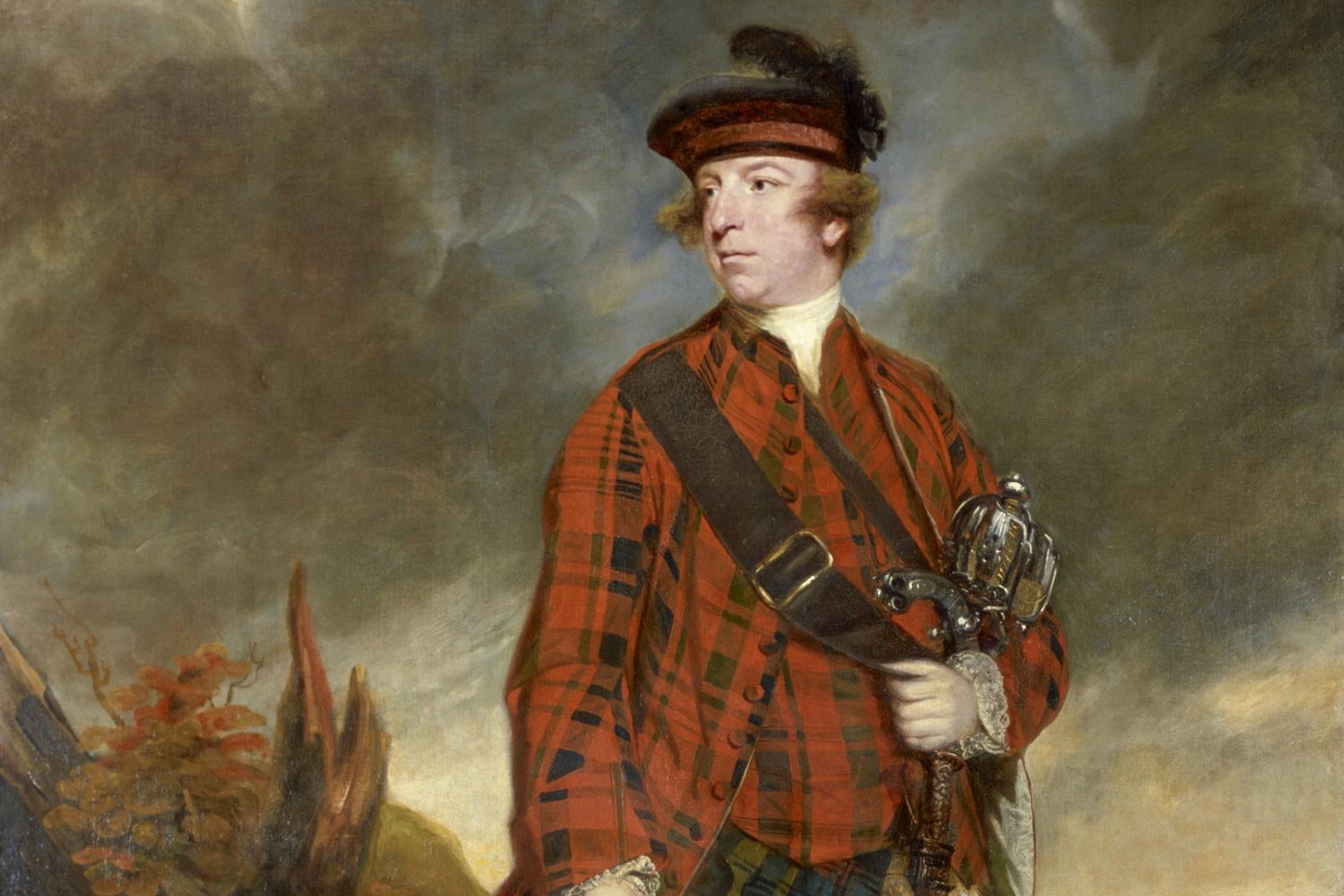
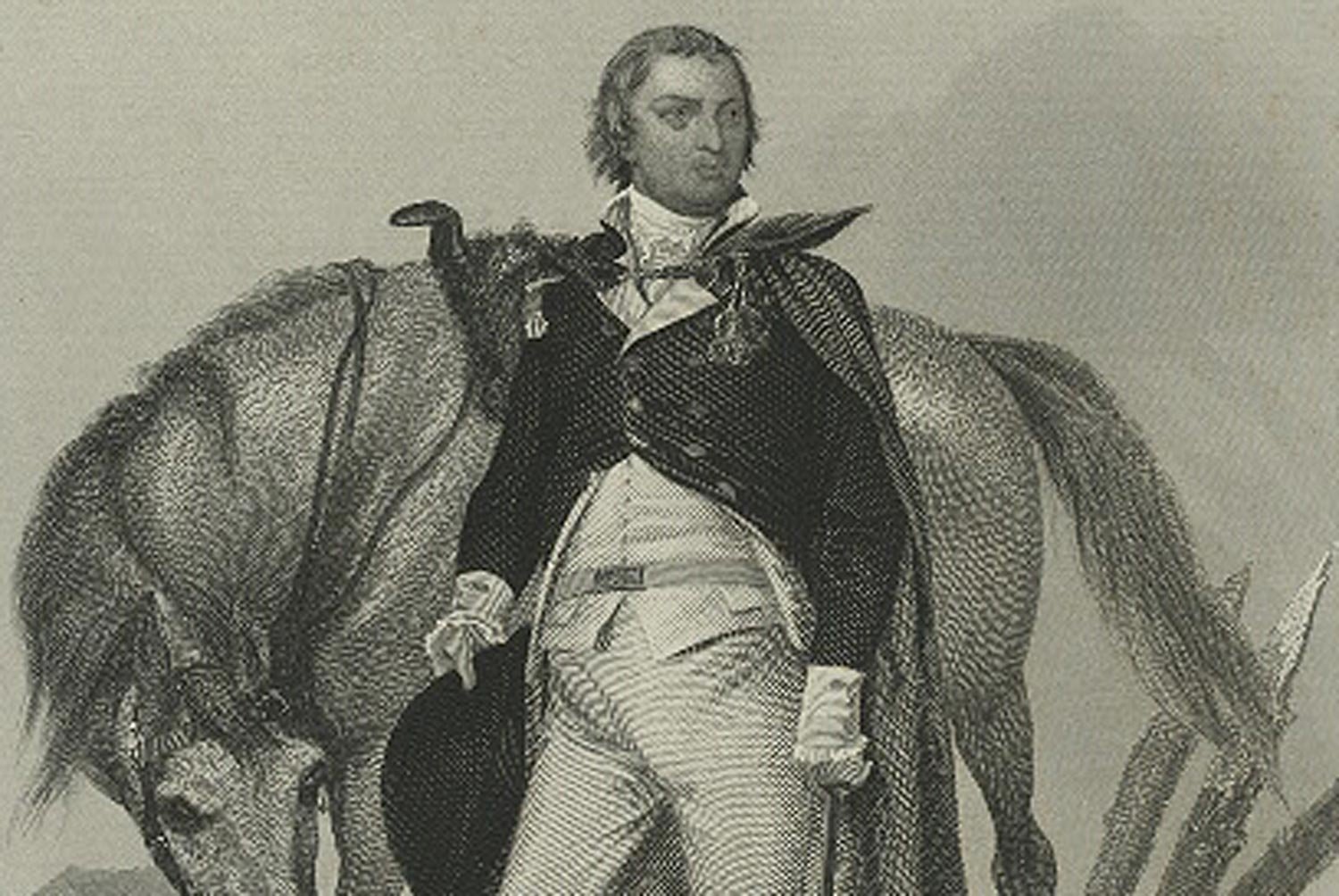
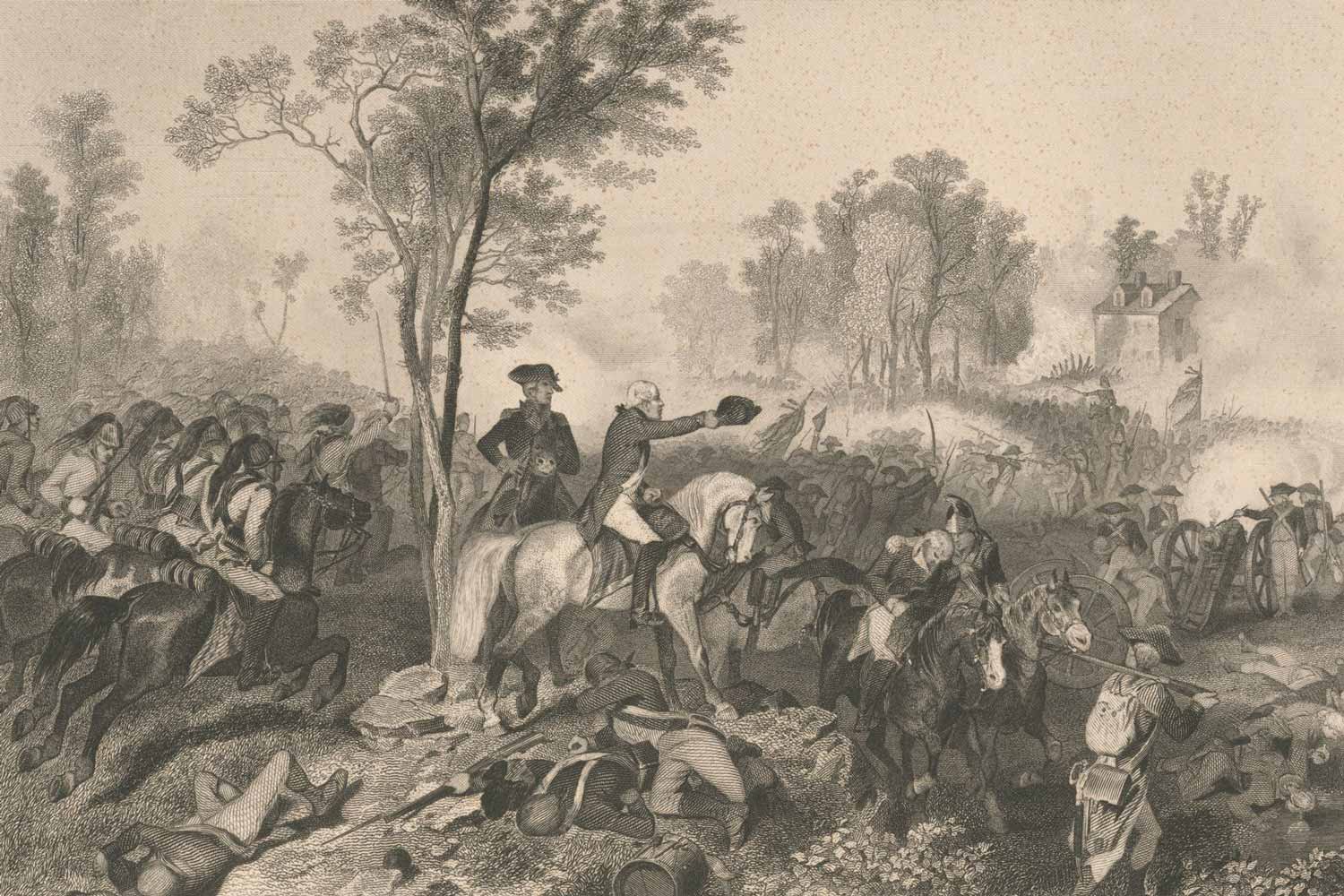
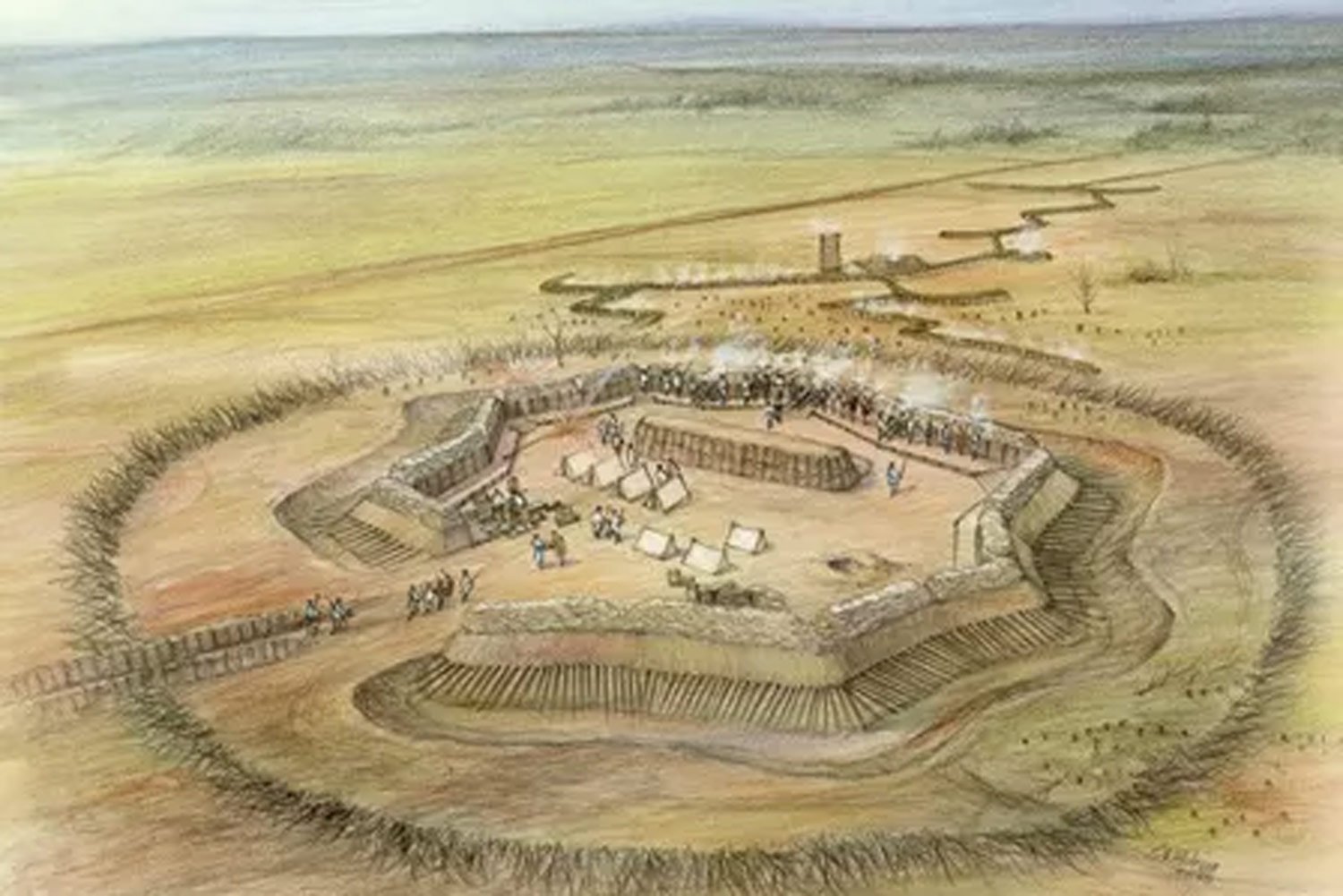
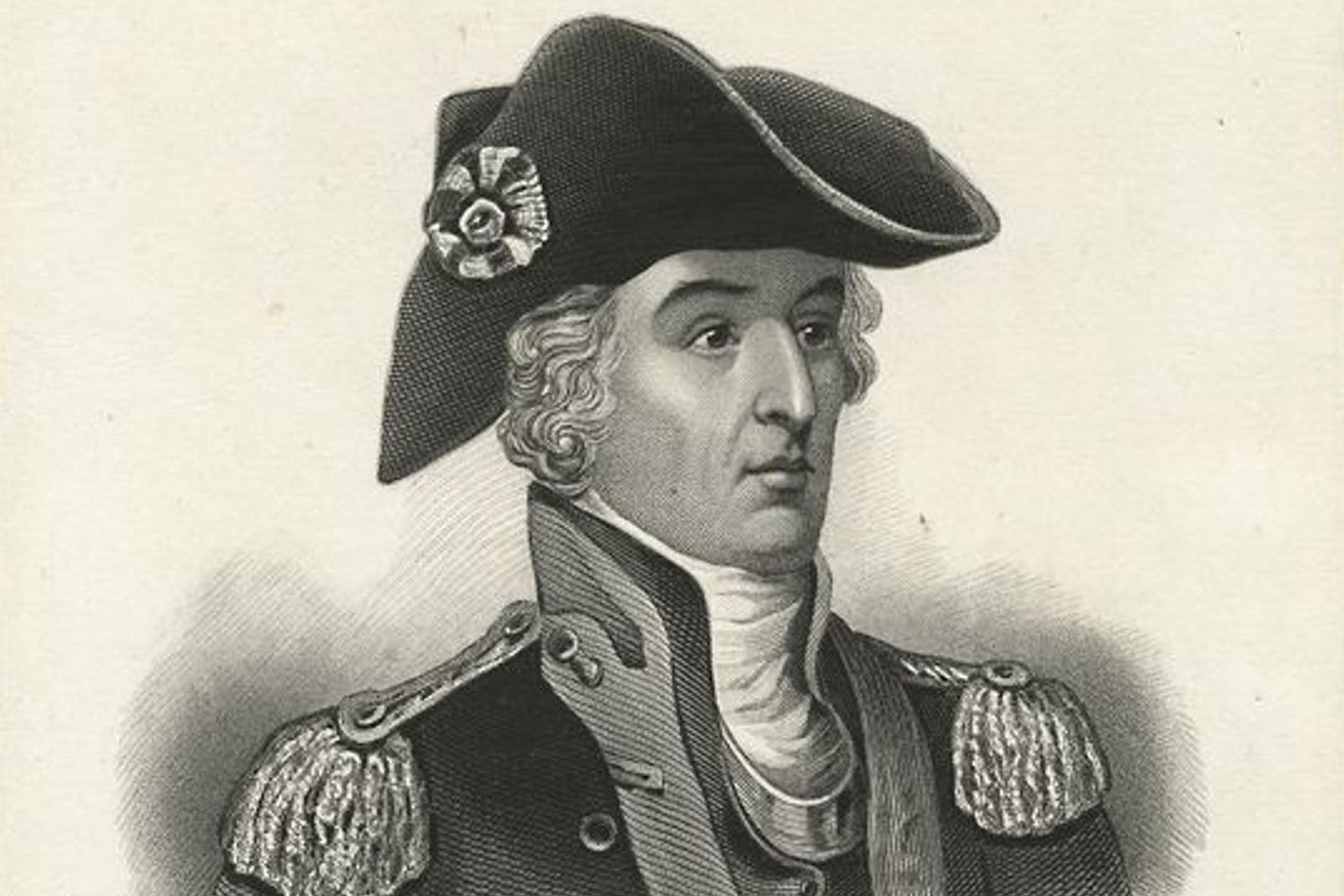
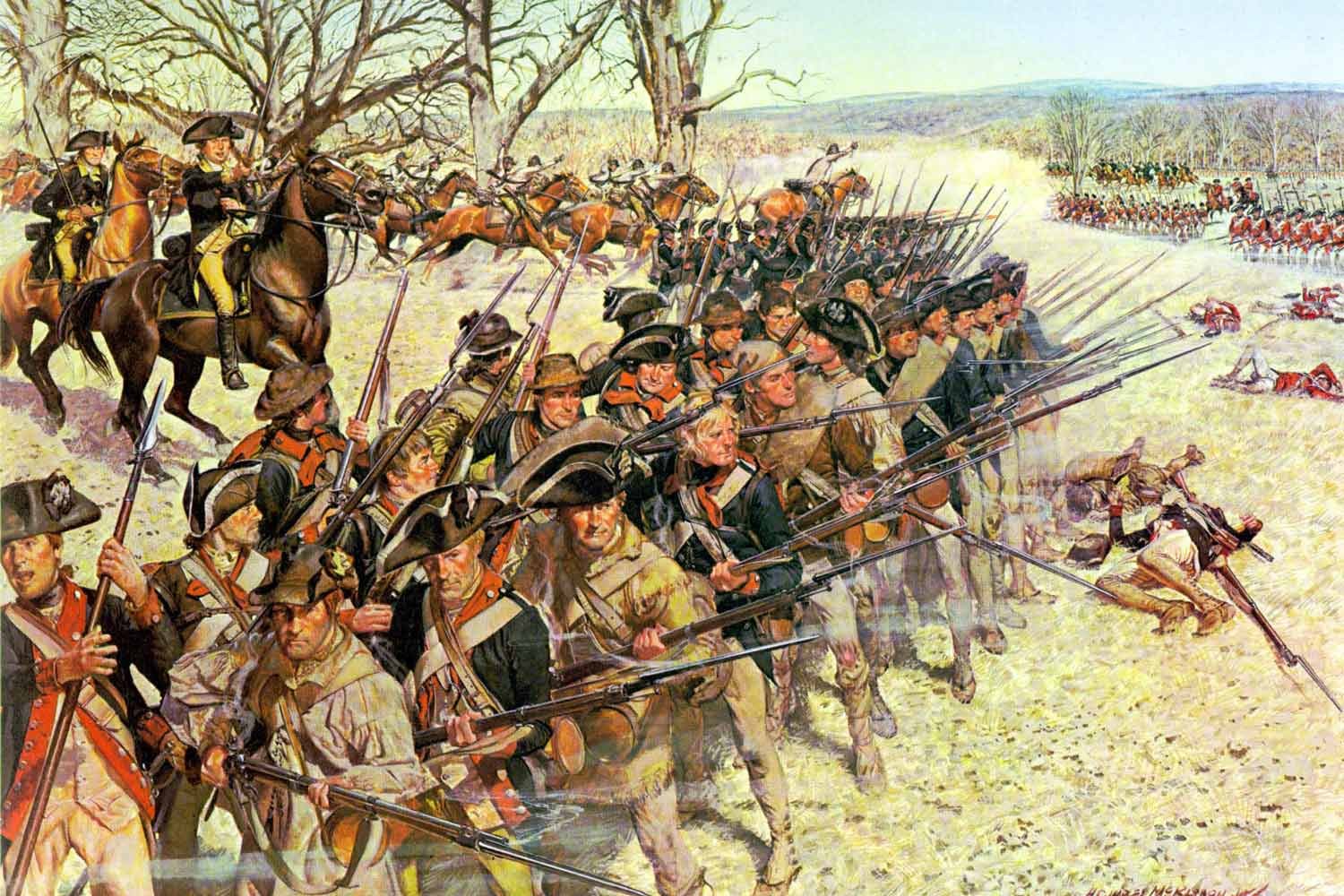
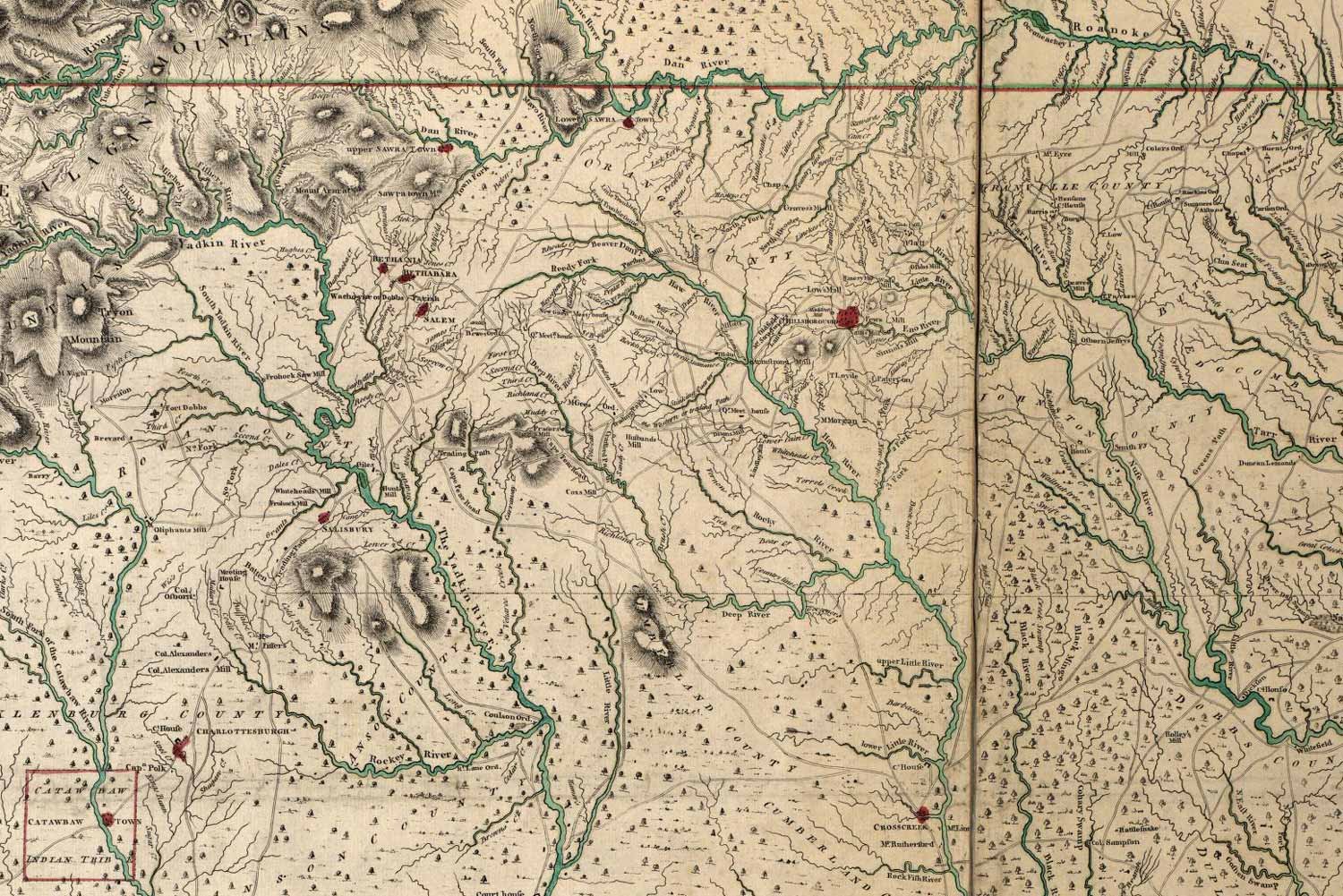
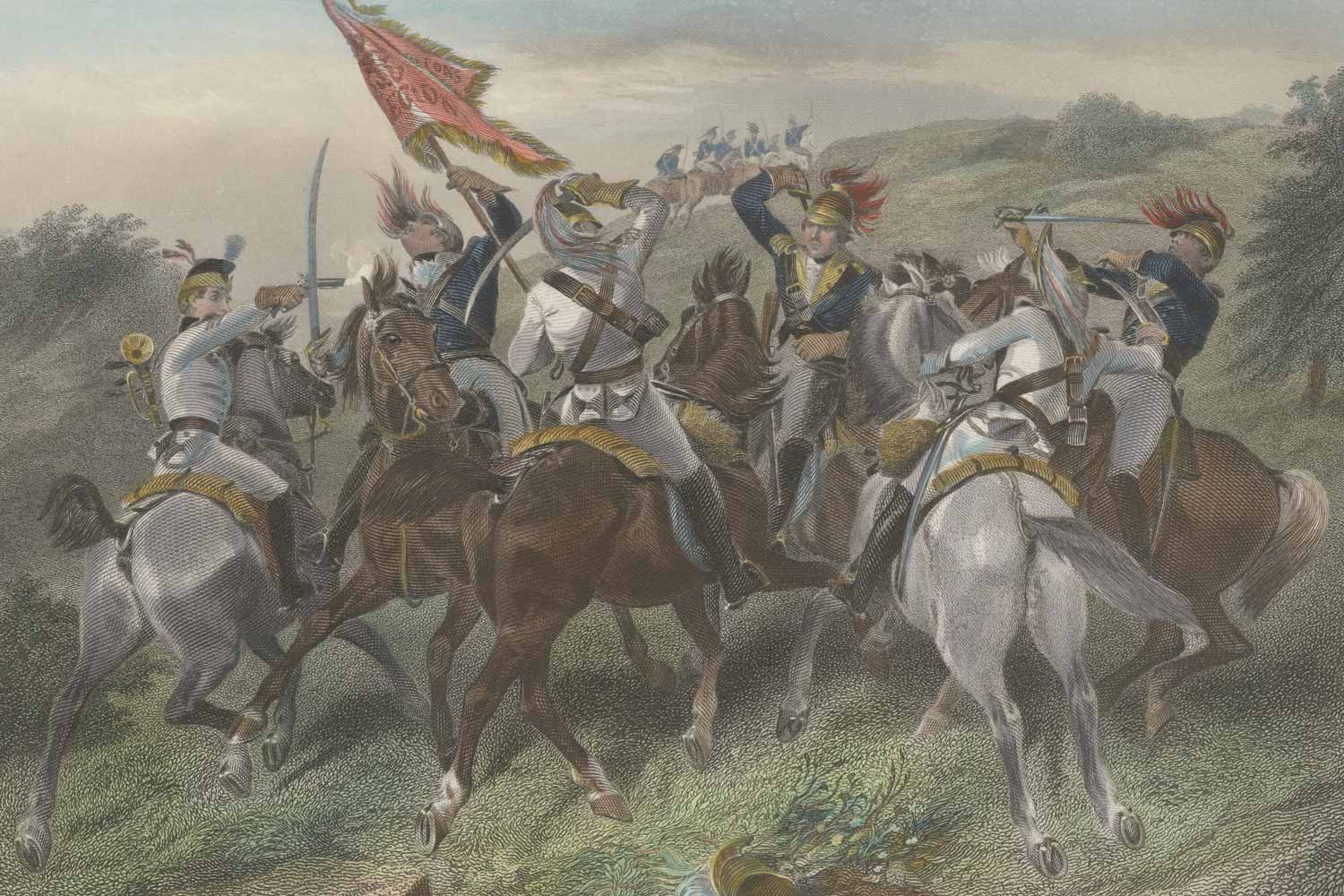

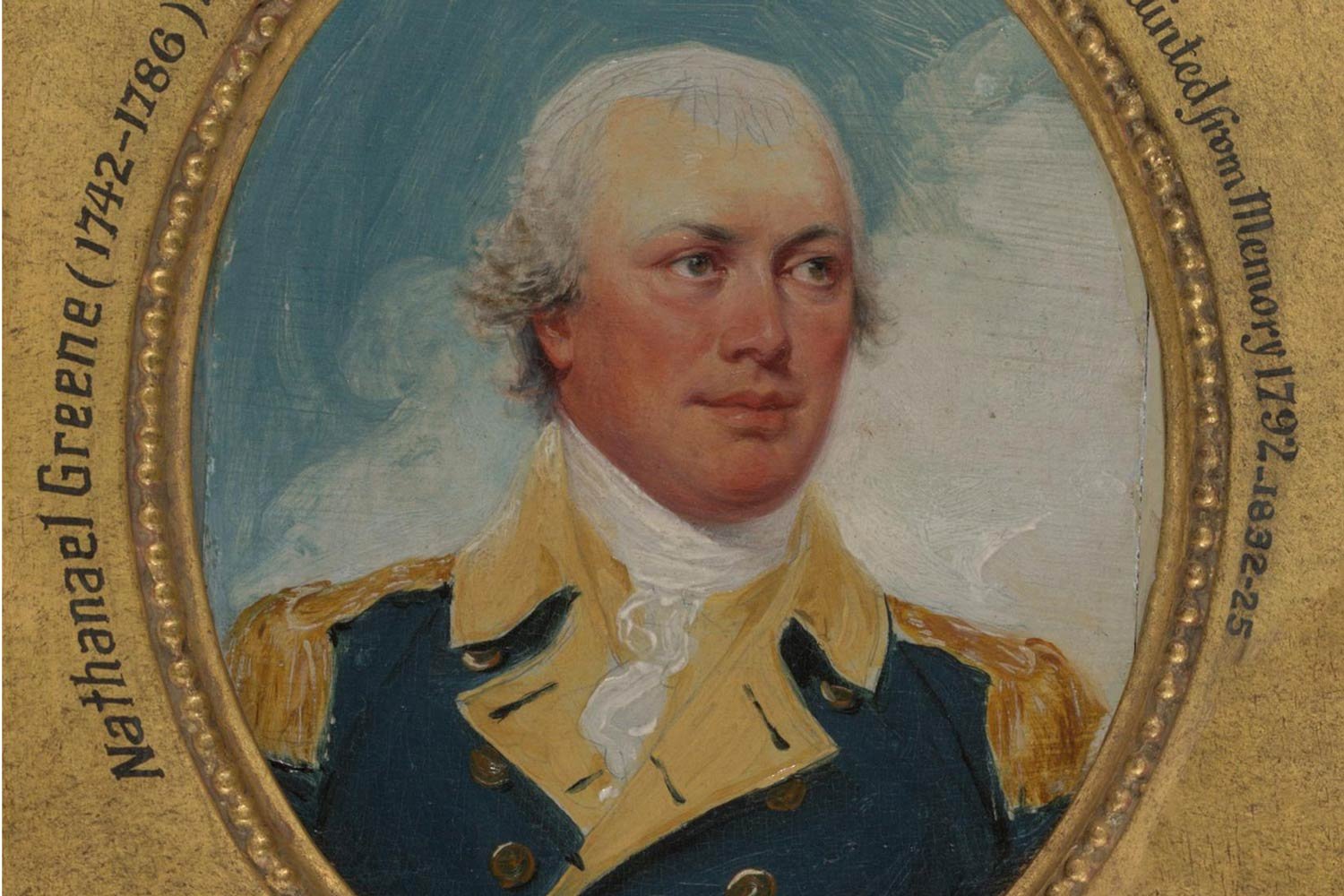
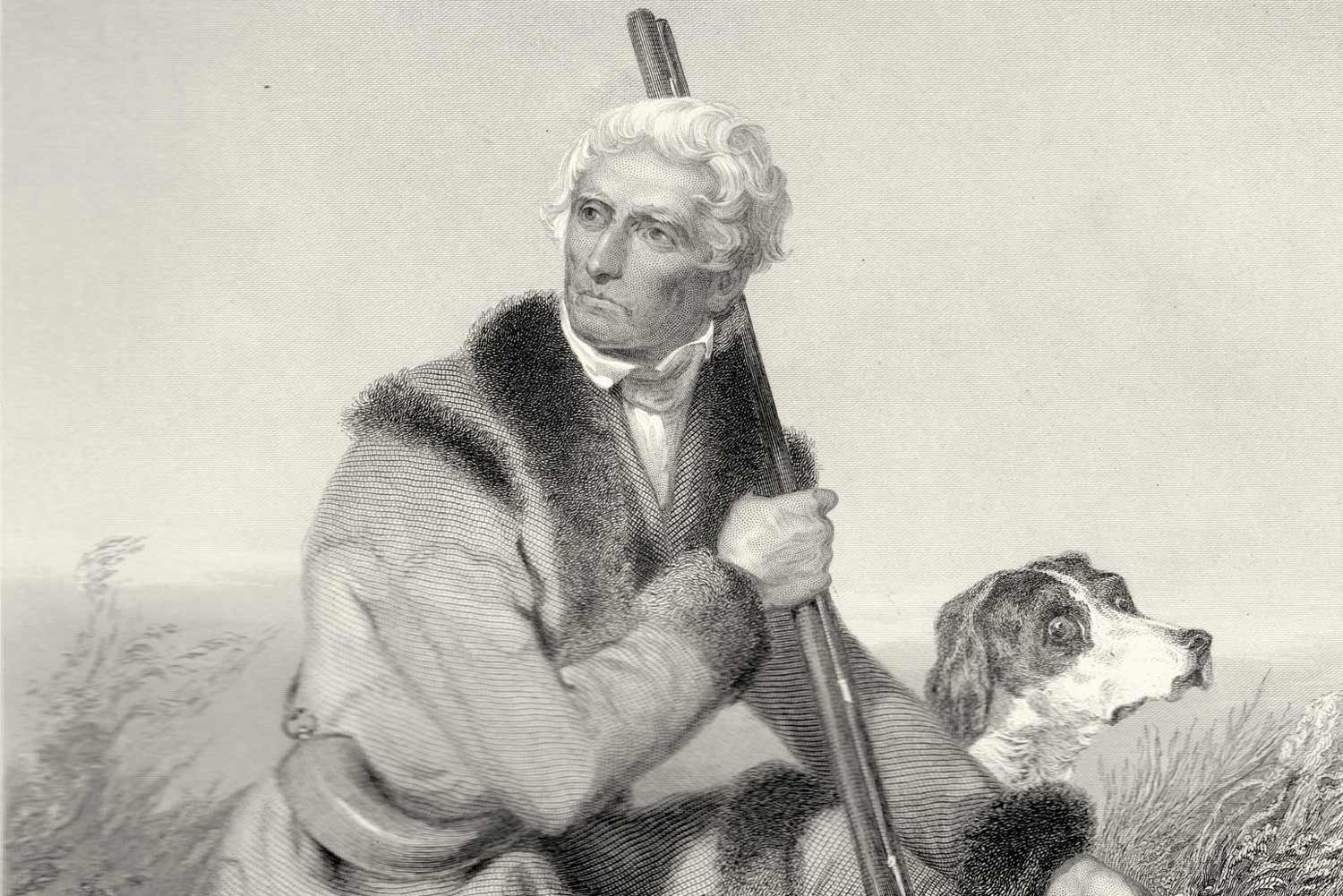
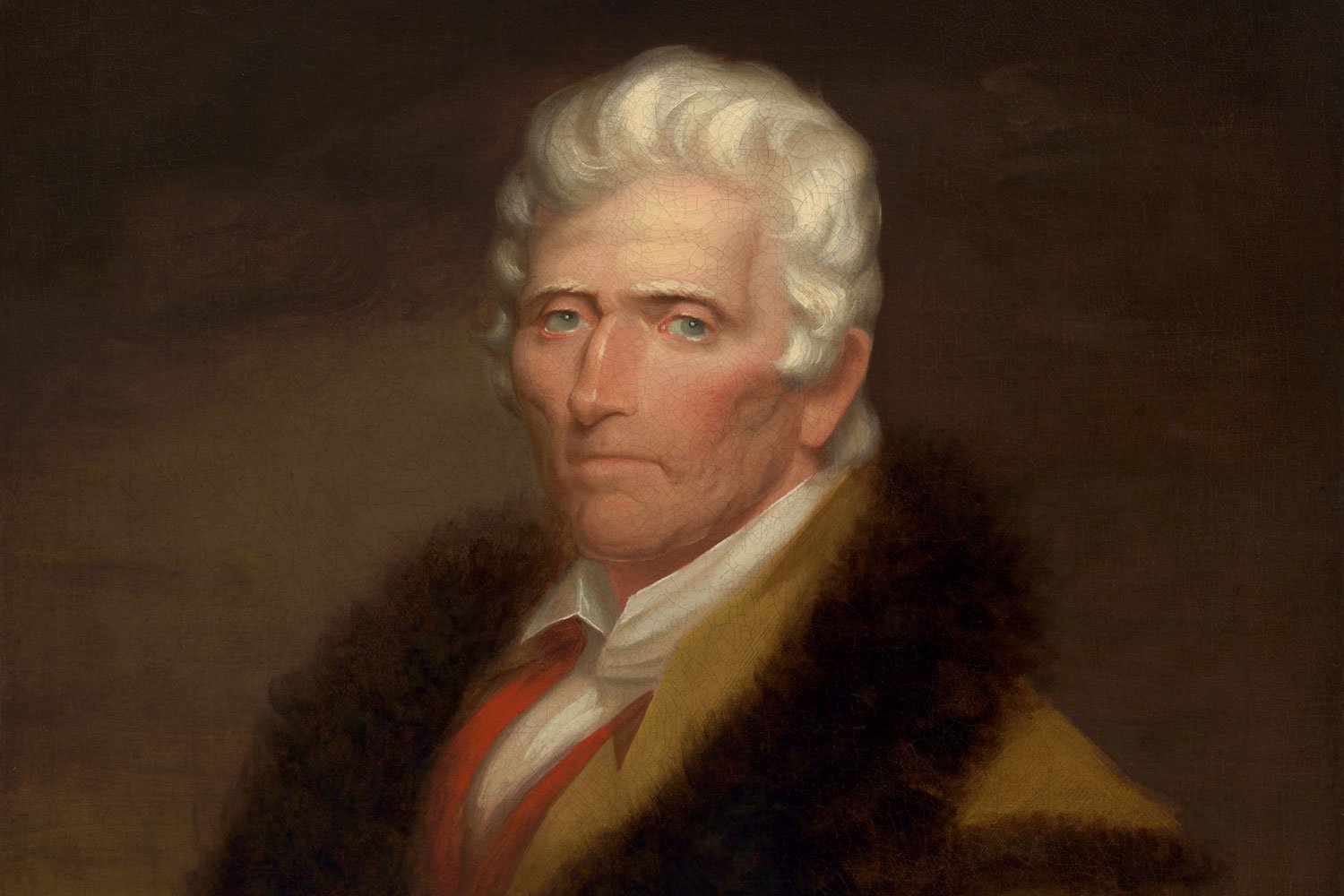
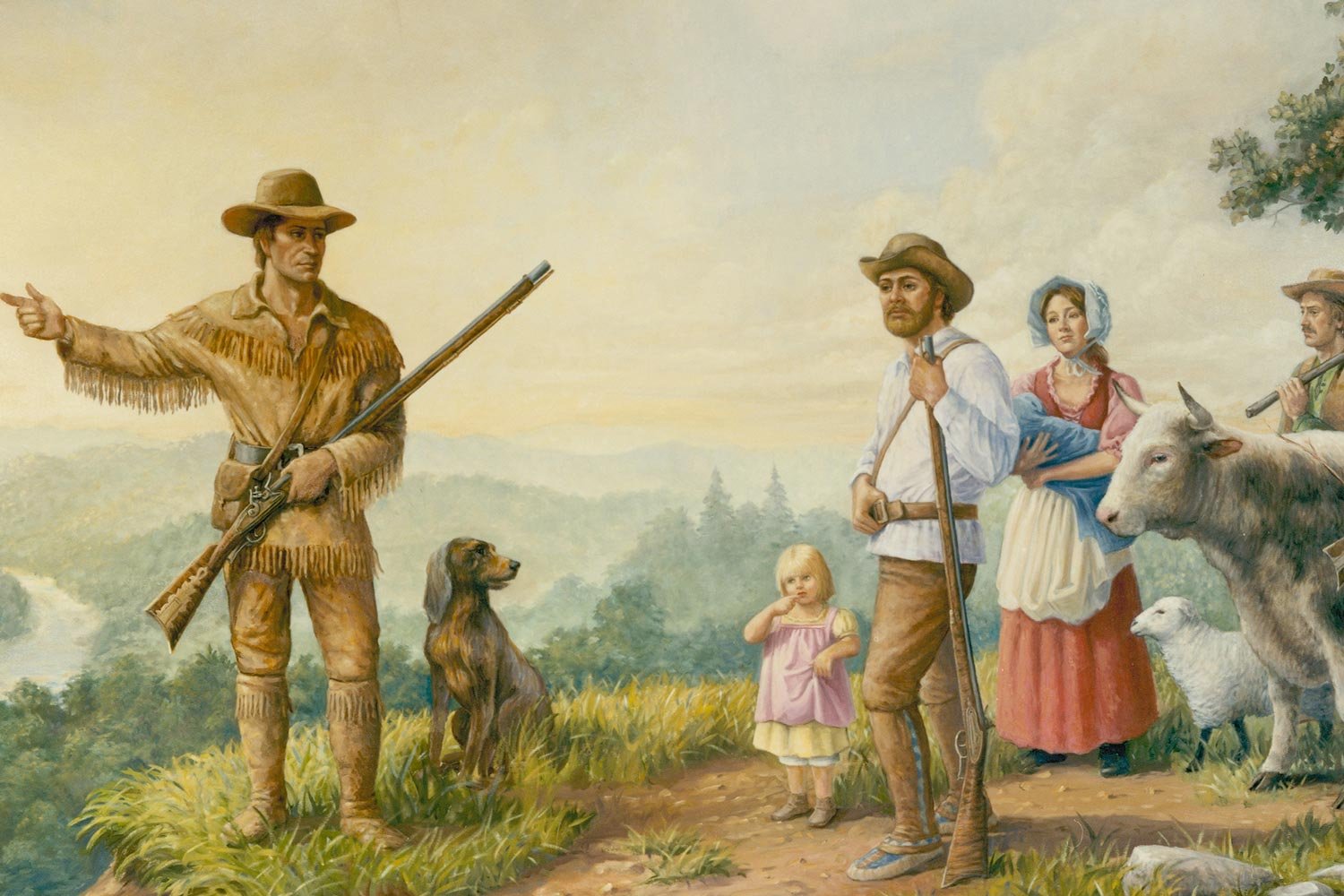

The American Revolution was winding down in the second half of 1782, with peace negotiations being conducted in earnest in Europe. But those talks appeared to have little impact on the actions of the main antagonists, as both sides were preparing invasions to punish their adversary.